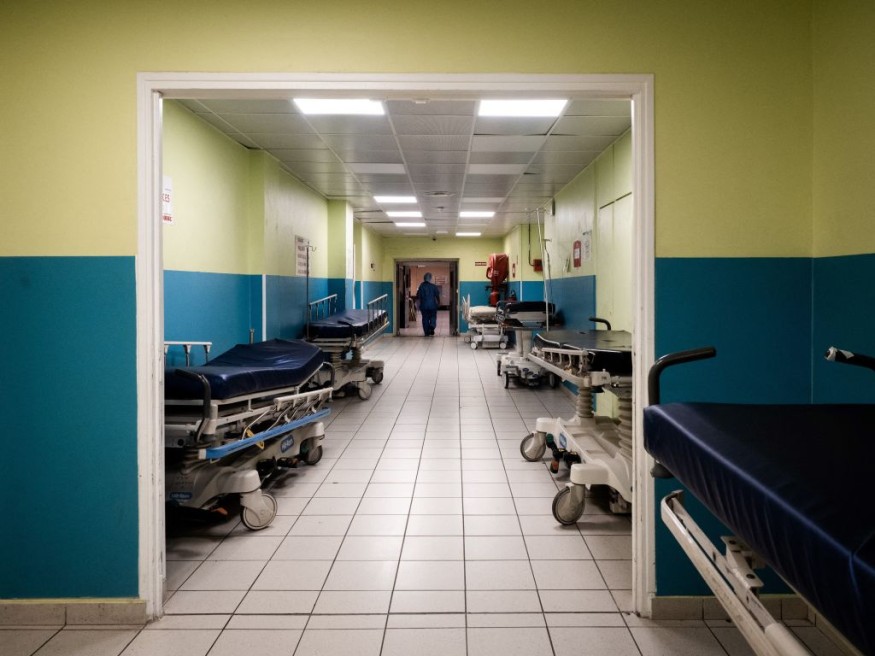Cancer care in the United States is higher in terms of medical cost compared to multiple high-income countries worldwide.
A new study by researchers from Yale University in New Haven, Connecticut, and Vassar College in Poughkeepsie, New York, discovered that this high cost does not reduce US cancer mortality rates.
The new research explored the common notion that the US has the most advanced cancer care globally and dug into the claims that significant US investment in cancer care truly leads to better cancer outcomes, which includes either mitigation or total recovery from various types of known cancers.
On the other hand, the study was met with the challenge of why some countries that spend less on cancer care have low cancer mortality rates.
The research sheds light on potential medical strategies against cancer in the future, including the development of a cancer cure and other cancer treatment methods.
Cancer Care and Mortality Rate

In the new paper published in the journal JAMA Health Forum on May 27, the US-based researchers compared cancer-related expenditures and cancer mortality rates in the US against 21 other high-income countries, including Denmark, Finland, Iceland, Luxembourg, Spain, Switzerland, Norway, Australia, Japan, Korea, and Japan.
The researchers dwell on the question of whether spending more on cancer care leads to lower cancer mortality rates.
To determine an answer, the research team conducted a cross-sectional study of the 22 high-income countries, including the US, with regards to their government's national cancer care spending in 2020.
The recent US study based on previous research that used data prior to 2011, claiming the high cost of US cancer care is justifiable by its improved outcomes compared with some countries in Europe.
The study started by addressing the ambiguity of the contemporary US cancer care is superior compared to other countries.
Research Methodology
The cross-sectional study was conducted between September 2021 and March 2022 using a national-level analysis of the 22 countries.
The researchers assessed the correlation between age-standardized population-level cancer mortality rates in 2020 and cancer care expenses.
These expenses evidently included costs of medicines, like cancer drugs, cancer treatment-related procedures, and medical professional fees, as well as medical facilities and medical equipment.
Based on the study's findings, the US cancer mortality rate was comparable to other median high-income countries.
This entailed that cancer care in the US is only slightly better than average in spite of the country's high investment in this area of medicine and healthcare.
The US spends approximately more than $200 billion on cancer care annually; this is equivalent to $600 per individual and double the average of other high-income countries which only spends only $300 per person, according to study lead author Cary Gross, a professor at Yale University, as cited by the American Association for the Advancement of Science (AAAS).
US Cancer Cases
Based on the latest data available, the Centers for Disease Control and Prevention (CDC) indicates the US incurred around 1.7 million new confirmed cases of cancer with about 600,000 new deaths in 2018.
The organization highlights that for every 100,000 individuals, 436 new cancer cases were recorded and 149 of them died of cancer.
Responsible for one out of every four deaths across the country, cancer is considered to be the second main cause of death in the US, next to heart disease, according to the CDC.
Related Article : New Cancer-Causing Agents Identified by US Department of Health
© 2025 NatureWorldNews.com All rights reserved. Do not reproduce without permission.





